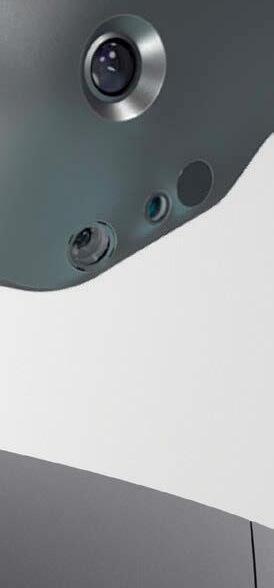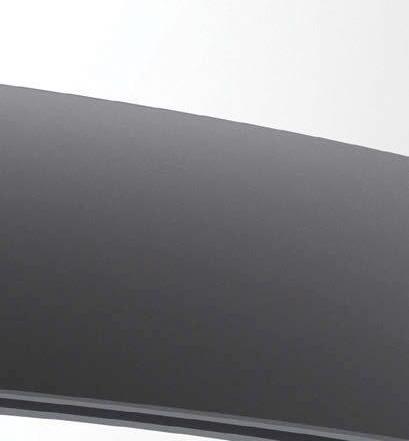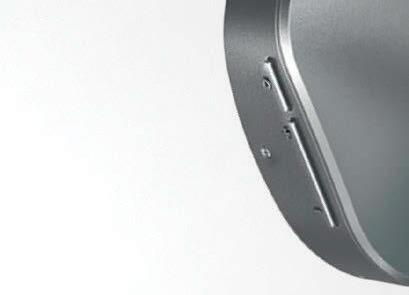
1 minute read
VRgineers XTAL 3
from UK5G. Issue 10
injection. The Magic Leap 2, a standalone AR device offers a considerable increase in its vertical field of view when compared to previous devices such as HoloLens 2 and Magic Leap 1. This yields an overall diagonal field of view of approximately 70 degrees (around 20 degrees more than HoloLens 2 and ML1). While this is a sizable improvement over previous generation AR headsets, it should be noted that this is still significantly more restrictive than the fields of view of most VR devices, and it is almost certain that field of view will persist as a limiting factor in augmented reality for the foreseeable future.

Advertisement




R1
A BITE OF THE APPLE?
Even Apple isn’t immune from the dilemmas facing VR & AR product designers: focus on functionality, or make it more convenient and wearable. Apple’s own struggles to bring a product to market emerged in detail recently thanks to the investigative Silicon Valley news site The Information. The site reported that two factions inside Apple advanced their own competing visions of what the product should be. One group proposed a powerful but tethered unit, while another, led by Sir Jony Ive, advanced an untethered mixed reality style product, which required no base station or computer. Apple had planned to launch a product in 2019, but in the end both groups were sent back to the drawing board. Bloomberg reports that a mixed reality headset will likely launch within two years, with 14 cameras facing both inward and outward. It may seem that VR and AR has a long way to go before reaching mainstream adoptionlargely due to the cumbersome and expensive nature of these technologies, however, recent years have seen significant investment from many of the industry’s top companies, including Microsoft, Apple, Google, Meta and Sonybringing swathes of improvements. This is only likely to increase as the lure of a new marketthe ‘metaverse’ – remains.


Rory Brown is the founder of VRcompare, the internet’s most comprehensive database of virtual reality and augmented reality hardware. His primary aim is to remove the barrier to entry into immersive technologies for consumers and businesses alike. VRcompare achieves this by providing impartial resources to tackle disinformation and enable fair product evaluation in the XR hardware sector.









